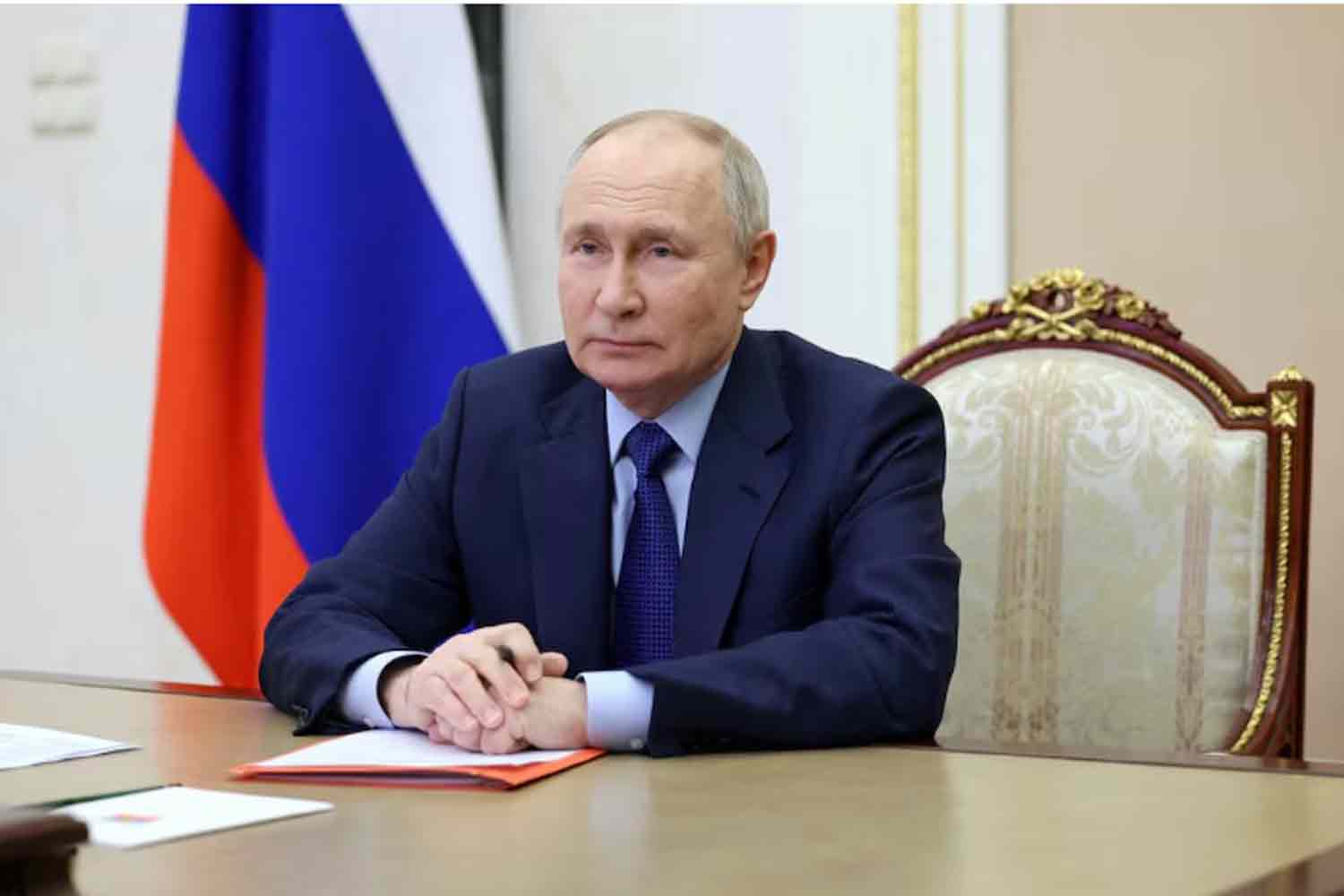India announced on Monday that it has reached a significant agreement with China regarding patrolling along the Line of Actual Control (LAC), representing a crucial advancement in the four-year military standoff between the two nuclear-armed nations.
This development was confirmed by the Indian Foreign Ministry just before Prime Minister Narendra Modi’s visit to Russia for the BRICS summit, where he may engage in discussions with Chinese President Xi Jinping on the sidelines.
Foreign Secretary Vikram Misri stated that both nations have committed to monitoring the Ladakh region to prevent any violations. This agreement emerged from multiple rounds of discussions through diplomatic and military channels over recent weeks. He noted that the two sides will now proceed with the “next steps on this.”
Furthermore, Indian Foreign Minister S. Jaishankar affirmed that both parties have returned to the status quo along the LAC – the 3,500-kilometer (approximately 2,100-mile) border between the two countries – as it was in 2020, prior to clashes that resulted in the deaths of 20 Indian and four Chinese soldiers.
The process of disengagement with China has now been finalized, as stated by Jaishankar, who noted that the agreement was reached just today. He emphasized that any disturbance to peace and tranquility hinders the advancement of the overall relationship.
The minister described the recent agreement as a significant step forward, achieved through patience and ongoing diplomatic efforts, particularly during periods when many had lost hope. He indicated that this mutual understanding regarding patrolling will facilitate the restoration of peace and tranquility in the border areas that existed prior to 2020. “We are optimistic about returning to that state of peace and tranquility,” he remarked. However, there has been no immediate response from Beijing regarding this development.
Relations between the two nuclear-armed nations have been tense since the clashes in 2020, affecting both diplomatic and economic interactions, with New Delhi imposing restrictions on Chinese investments in India. Since then, the two countries have engaged in over 30 rounds of discussions aimed at reducing tensions.
In September of this year, Jaishankar indicated that approximately 75% of the disengagement matters have been addressed between the two neighboring countries, with the outstanding issues primarily concerning patrolling and the positioning of troops and armaments along the border. In October, Indian Army Chief General Upendra Dwivedi remarked that while the current situation at the border seems “stable,” it is still “not normal.” He also mentioned that there are “positive signals” arising from diplomatic discussions, emphasizing that the implementation on the ground relies on the military leaders of both nations.
Discover more from Defence Talks | Defense News Hub, Military Updates, Security Insights
Subscribe to get the latest posts sent to your email.





